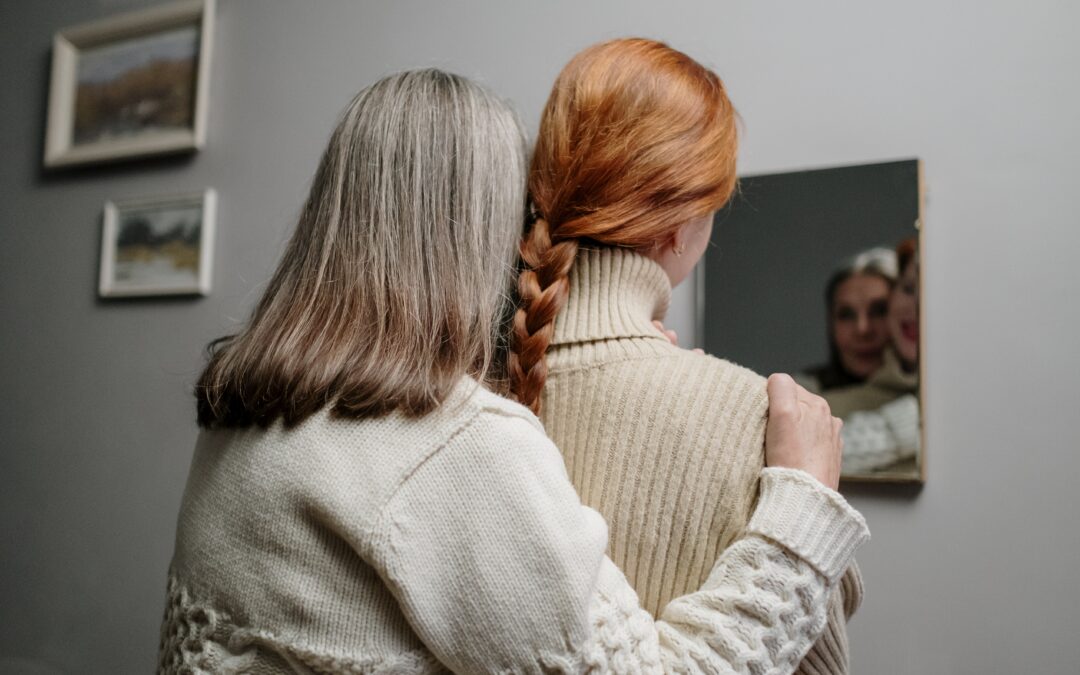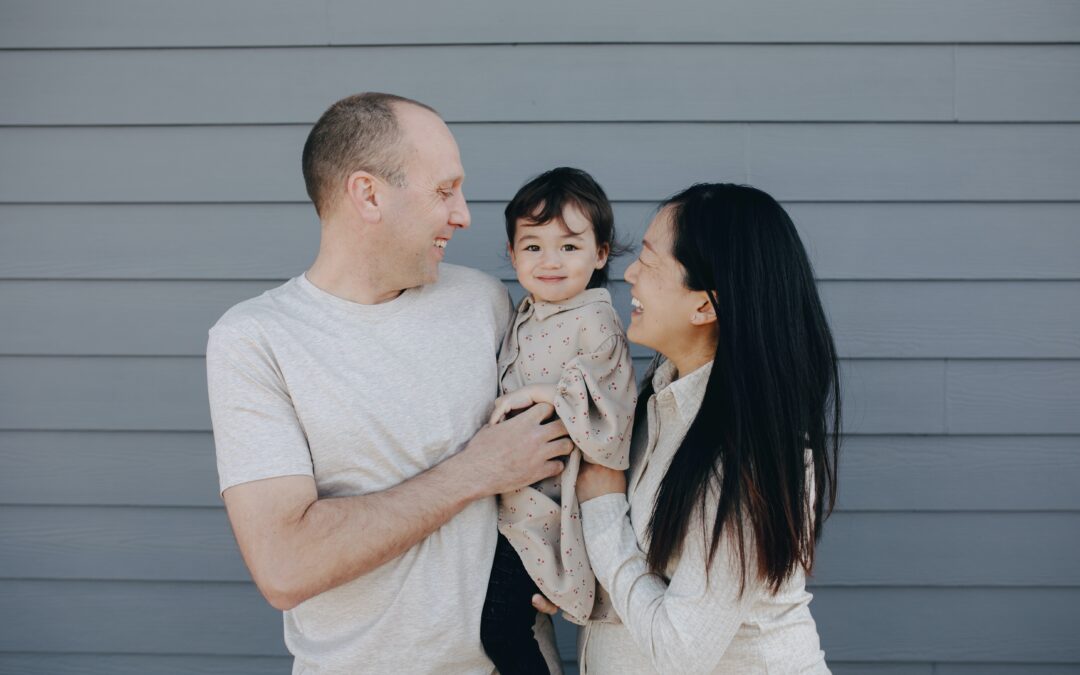According to a staff writer for the Yale Daily News, it is now a “necessity” that students experience, at one point or another, “a quarter life crisis.” Recent college graduates, and even recent admits, would be familiar with the symptoms of what The Muse calls an “intense period of soul-searching and stress”: insecurity, loneliness, and aimlessness. While the phenomenon may sound overblown and dramatic, it does disclose some of the anxieties of a generation faced with an increasingly uncertain world, both socially and economically.
The Origins of the Quarter-Life Crisis
As far back as 1967 with Dustin Hoffman’s role in The Graduate, through the 80’s with St. Elmo’s Fire, films have captured well the relational confusion and existential angst of the quarter-life crisis. Such themes are also found in the meandering storylines of characters like Ted Mosby of How I Met Your Mother and the various city-dwelling friends in Friends, who continue to exhibit the various symptoms of the quarter-life crisis well into their thirties. With all these examples from popular entertainment, the quarter-life crisis seems the natural result of the success sequence: obtain a college degree, get a job, and maybe – just maybe – find your soul mate. Accordingly, Ben Casnocha writes that this crisis tends to affect those privileged few,
“introspective urbanites who have the time and energy to wallow in their introspections and contemplate deeper identity issues; the people who can financially afford to think about what they love to do versus what they have to do.”
In other words, these are the college graduates whose parents have great expectations for them and who have great expectations for themselves. These are the smart, driven, and highly-educated young people to whom the keys to the kingdom are given, but who lack clarity and courage to commit to it.
Reelin’ In the Years, Stowin’ Away the Time
Both popular narratives and the capitalistic rat-race understandably haunt college students, many of whom are under enormous pressure to figure out their skills and talents, let alone what they hope to be when they grow up. Of course, older generations might argue, things have always been this way. After all, no eighteen-to-twenty-year-old has ever known what they are going to do as a career, and life is always full of unknowns. But for college students and recent graduates competing with other achievement-driven candidates, times are different. They face a highly competitive job market, an ever-rising cost of living, a growing absence of marriage and family life, and an atomized culture with less community and more Wi-Fi connection. Throw in the transformation of elite college institutions from promulgators of moral formation and vision to bastions of ideology and consumerism, the disintegration of social capital and the rise of remote social networks, and the exchange of communal closeness for lonely independence, and you have a landscape for which young people are less and less prepared. Economic and technological evolutions aside, these generations are also the first to experience the devastating effects of no-fault divorce. The result is two generations largely unaware of the blessings of a stable family life, or of the comforting guidance and example of stably married parents to help them navigate life’s ambiguities.
Recovering a World-Weary Generation at Sea
The results are twofold: on the one hand, these generations are tempted toward a certain cynicism when it comes to the possibility of attaining happiness and fulfillment. However, they are also frank and sober, aware that the world they inherited is something they must contend with. As the Yale staffer writes,
“With one and a half years of college under my belt, I can say that I wish they’d told me the transition would be harder. Not for the obvious reasons but precisely because of the freedom of choice…At the same time, I’m glad they didn’t, because now I can see the presumed path and have the agency to choose my own.”
The world-weariness of America’s younger generations is a sign that our great cultural expectations have badly backfired. Instead of moving to protect children and the family, many of us are rapt with a whirlwind of transient consumerism, competition, and political revenge. America’s elite colleges and universities, which once proclaimed the importance of building virtue and character through discipline of mind and body, have abdicated their responsibility to safeguard intelligible, civilized engagement and offer the moral and relational support students need to lead happy, healthy, balanced lives. With an increase in mentorship opportunities, programs that help students build healthy relationships, and the non-negotiable protection of free speech, college campuses have the potential to prepare today’s students to face an uncertain world with confidence. While we cannot quell the waves of fear that accompany a quarter-life crisis, we can mitigate them with the aid of institutional bulwarks and hope that the next generation of students will help our culture rediscover some of life’s most incredible gifts: family, marriage, grounded communities, and meaningful yet balanced work.







